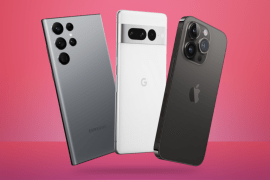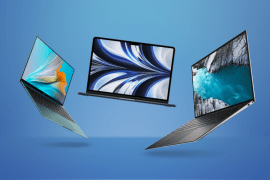The best music streaming services of 2018 – reviewed
Six streaming services serenade Stuff’s ears, but which will top the chart and be crowned winner of the music revolution?
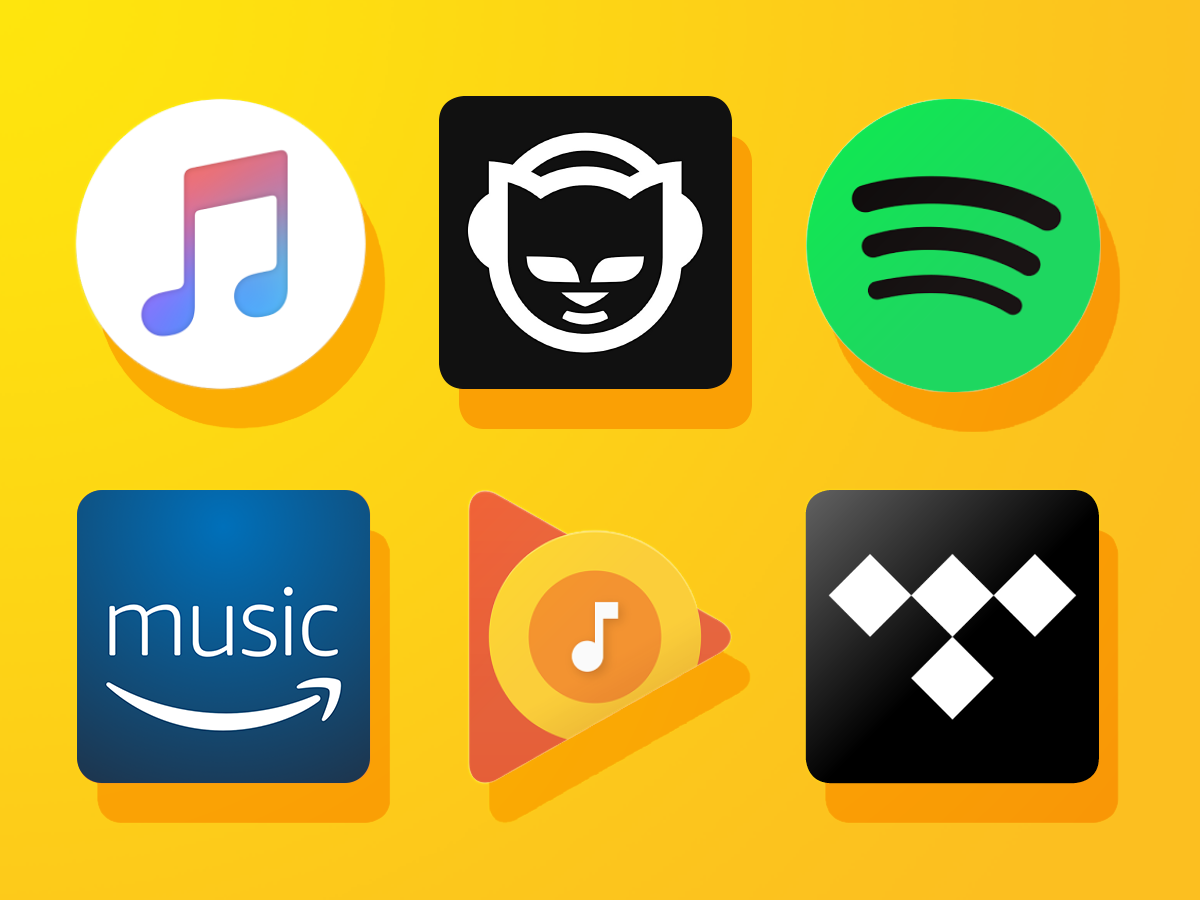
STREAM MACHINE
It says something about the rapid evolution of digital music that Apple boasted it would put “1,000 songs in your pocket” with the original iPod. How very quaint that sounds now. Today’s music listener wants pretty much everything ever recorded, on demand, on any device, for a smallish monthly outlay. Now hurry up with our damn croissants. The tiny snag is that there’s only so much music to go round. And although some services state they’ve got the odd exclusive, most catalogues are broadly similar, making available over 30 million tracks for streaming. This round-up is an attempt to find that elusive perfect mix tape of quality, range, elegance, recommendations and an absolute minimum amount of Phil Collins.

SPOTIFY
In as much as a veteran can exist in the world of music streaming, Spotify takes that position. It somehow feels like Spotify has been around forever, and it’s very much the ‘default’ people think of when wondering whether they should plump for streaming over actually buying music, like they’re living in the Stone Age or something. Given Spotify’s longevity and popularity, and the fact we’ve used it so much, it’s perhaps tricky to be entirely objective. Take a step back though, and you can see how Spotify gets many things right: it’s dead easy to stream an artist’s entire catalogue, browsing is quick and easy, and stashing favourites for later is child’s play. It has an interface that feels solid and mature, and that’s been heavily iterated on without adding too much clutter.
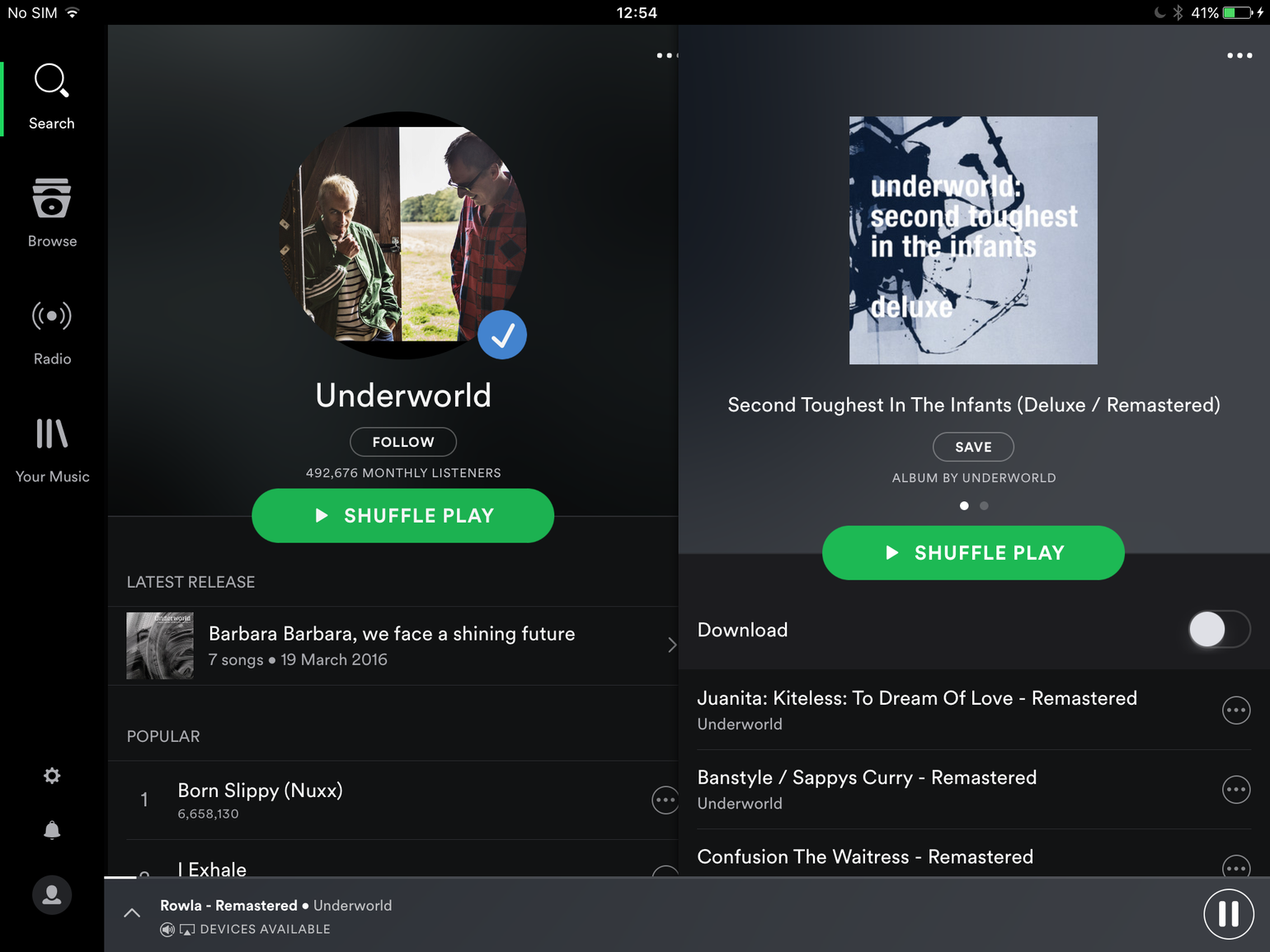
SPOTIFY: CONTINUED
The danger, of course, would be for Spotify to rest on its laurels, but there’s no sign of this happening. It’s smashed itself into Runkeeper to ensure happy ears when you’re jogging, and Discover Weekly proved a masterstroke response to Apple Music and Tidal’s playlists. Discover Weekly is also an interesting case study in Spotify’s ability to focus. Rather than swamp you with choice, you each week get a small selection of tracks Spotify thinks you’ll like. The more you use Spotify, the more this weekly playlist veers towards spooky telepathy. Fresh Finds playlists do much the same, but for undiscovered artists. Importantly, Spotify’s attempts to serve up new music don’t overshadow the social elements that remain the core of the service for many people. Creating, sharing and, best of all, collaborating on playlists, is a great way to discover music with the help of friends. Accessibility extends further to an impressive free tier, which is ad-supported on desktop and limits skips and playback order on mobile. Both of these things are a touch irksome, but it’s hard to complain when you’re getting the bulk of the best streaming service for free.
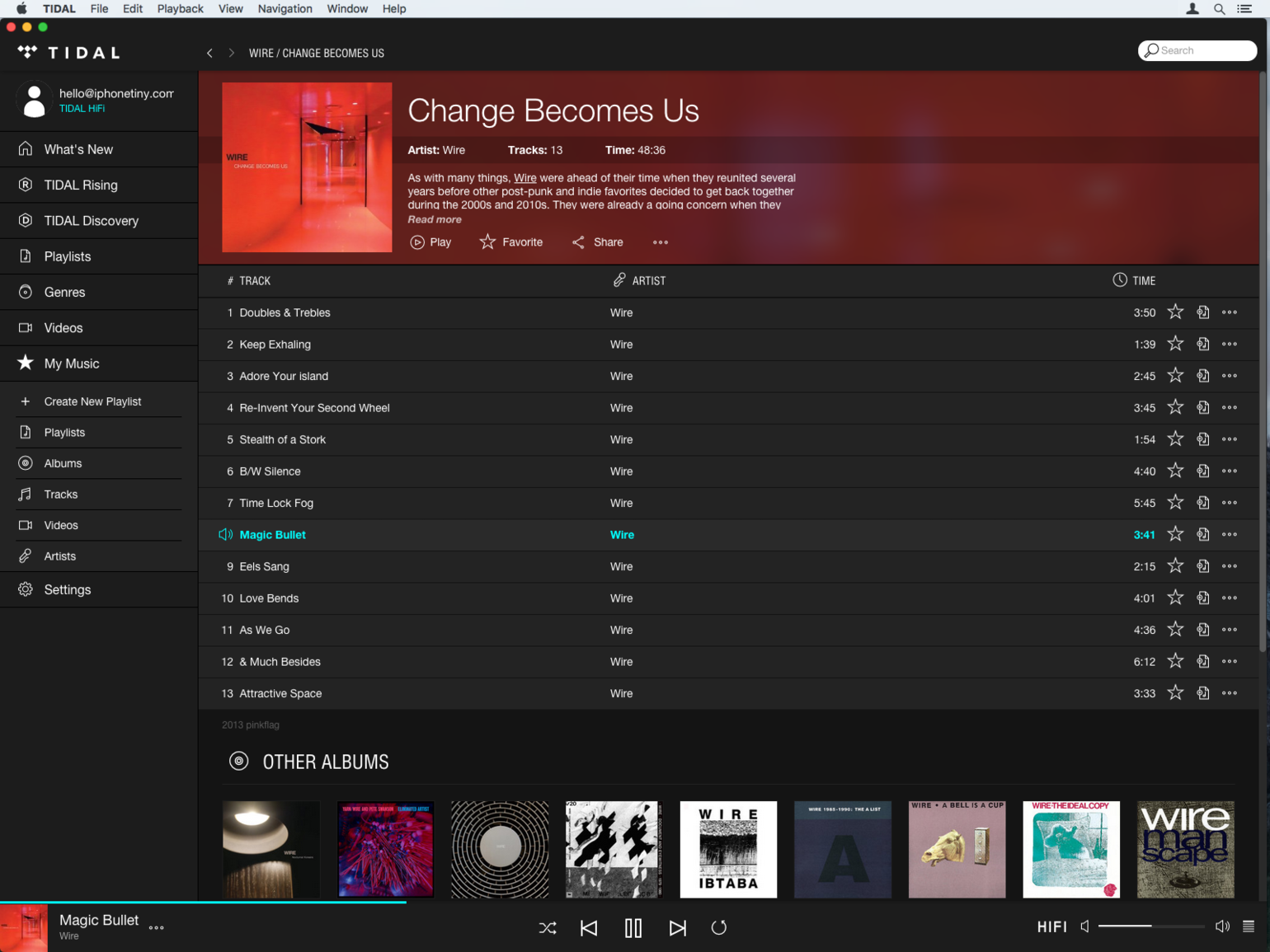
TIDAL
Although it quietly arrived as a Nordic Spotify rival in 2014, it was Tidal’s noisy 2015 relaunch that grabbed column inches. Jay Z paraded rich music chums on stage, and somehow suggested this was the start of a revolution for everyday artists. A year later and Jay Z was reported as preparing to sue Tidal’s former owners, due to them allegedly exaggerating the service’s user base. This after a CEO noisily quit and an ill-advised spat occurred with Apple over a Drake live-stream being pulled. Because you don’t mess with the former star of Nickelodeon’s Degrassi. Glamour and politics is fine for popcorn scarfing, but distracts from Tidal actually being pretty great. From the off, it had a clear, serious desire to promote content beyond vapid mood/genre playlists (although those still make it in), and it optionally streams in FLAC, rather than the comparatively low-fi options offered by its rivals. Nor is it resting on its laurels on this front: a recent update added support for hi-res 96kHz/24-bit MQA streaming on the desktop version. Arguably, both Spotify and Apple have eaten into Tidal’s lead on the ‘curation’ side of things, and Spotify is supposedly readying its own Hi-Fi tier, but Tidal’s still fighting the good fight. Tidal Discovery gets unsigned bands out to a wider audience, and Tidal Rising flags artists on the verge of making it big. At the other end of the scale, Tidal enjoys streaming exclusives such as Beyoncé’s visual album Lemonade, Jay Z’s Blueprint trilogy, and the bulk of the Prince catalogue. (Although much of the purple one’s output has now made its way elsewhere too).
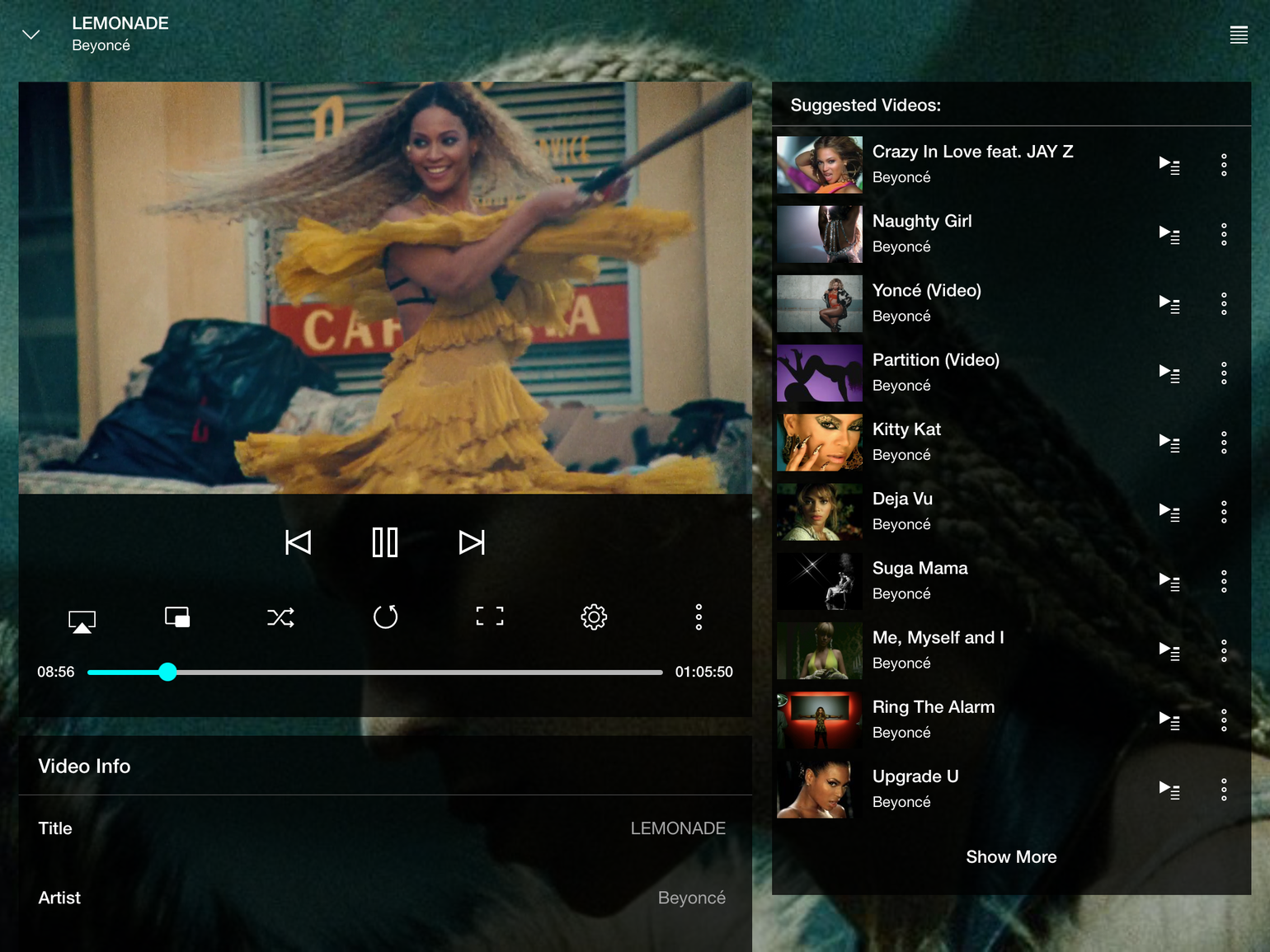
TIDAL: CONTINUED
This might sound a bit like a service doubling down on offering a more audiophile experience — for those who really care about music. And that’s cemented by Tidal’s HiFi option. If you’ve the kit and ears to enjoy FLAC streaming, you’re probably not going to want to settle for anything less. It’s admittedly not always noticeable, and during testing we did flip between Tidal HiFi and the best settings on other services, wondering whether our ears were defective. But then we’d hear that extra definition, depth and space — that hint of clarity that suddenly made the exact same track elsewhere feel ever so slightly mushy and muddy. The difference is small, and not everyone will notice it, hence Spotify and Apple Music don’t offer the same service just yet, but it’s also something you can’t unhear. Of course, Tidal charges extra for this added quality, doubling your outlay per month. You also need the kit capable of getting 1411 kbps FLAC into your ears intact, rather than messing everything up along the way. But if that is the case, and audio quality is of the utmost importance to you, Tidal’s an impressive service.
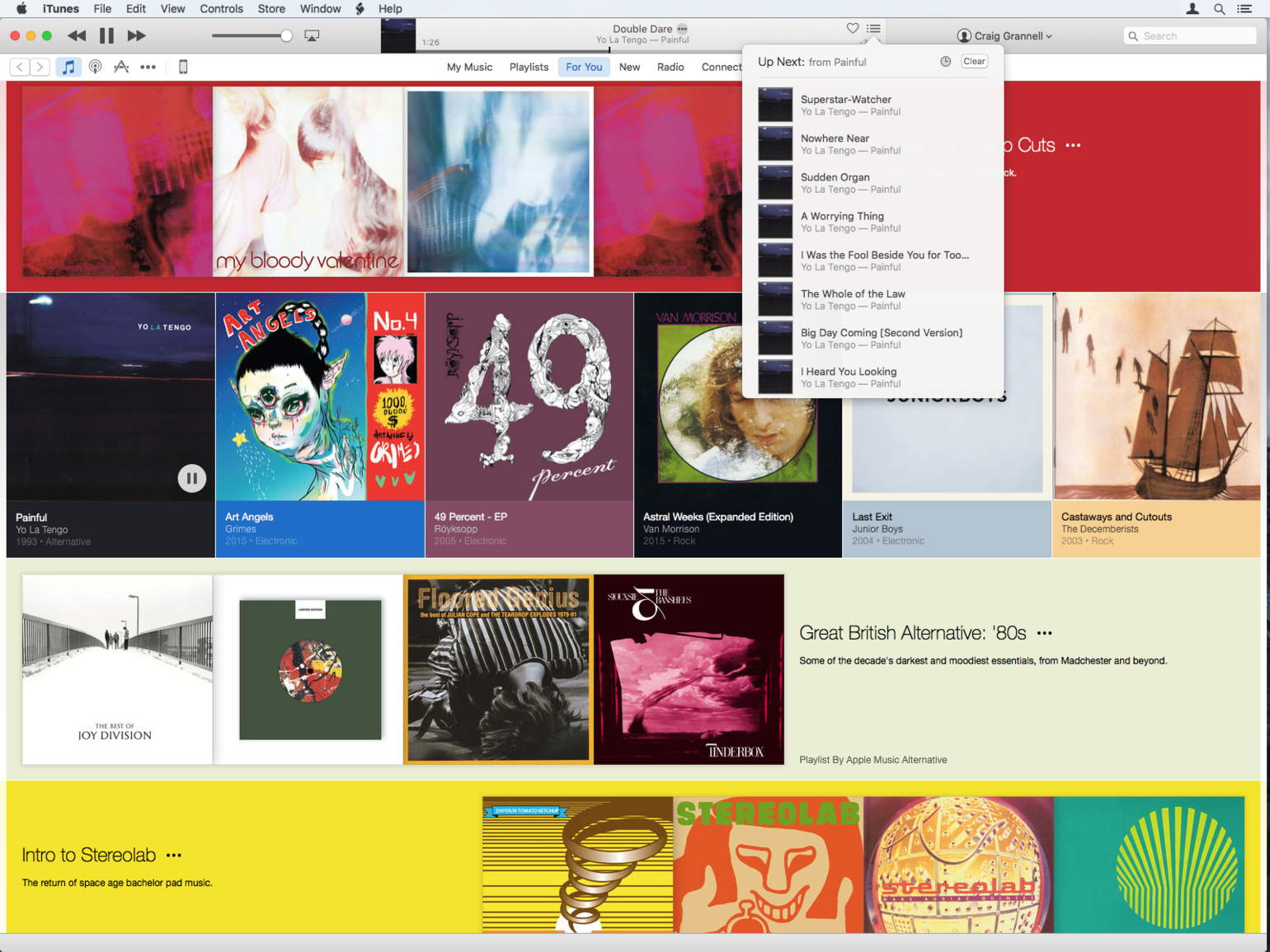
APPLE MUSIC
As ever, Apple claimed it would change music forever with its new streaming service. But although peppered with good ideas, Apple Music proved to be buggy and a bit of a mess. Now, many months later… well, it’s still buggy and a bit of a mess. On the desktop, Apple Music is welded to iTunes, and it takes over the bulk of Music on iOS. On Android, there’s a bespoke app, which makes an effort to fit in with Google’s way of designing things. We’ve had issues with Apple Music rampaging through an iTunes library like a deranged elephant, because we had the audacity to turn on iCloud Music Library and merge Apple Music with an existing collection. Not good. And yet despite these gripes, we’ve spent many hours with Apple Music, because it gets one thing very right: the human connection. The beating heart of Apple Music is For You. After a weird on-boarding process borrowed from Beats, where you click or tap bouncing red dots to state your music preferences, For You flings human-made playlists your way. Favourite the ones you like and ‘train’ Apple Music by telling it when it messes up, and the playlists and albums offered can become eerily relevant.
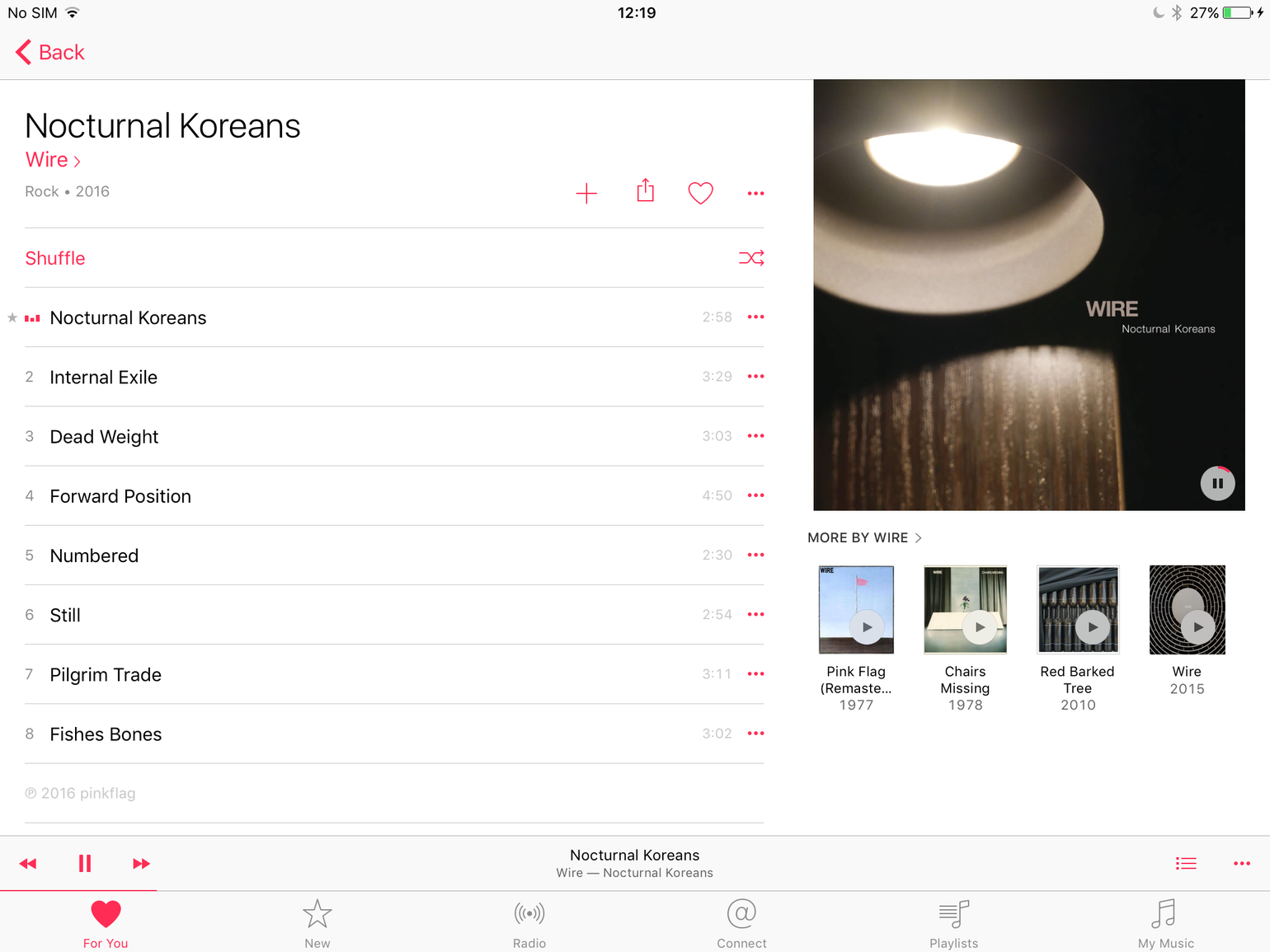
APPLE MUSIC: CONTINUED
There are downsides. There’s nothing like Spotify’s weekly playlist based on your tastes: Apple’s My Favorites Mix and My New Music Mix are, respectively, based too heavily on flagged favourites and fairly random. Also, Apple Music sometimes gets drunk and confronts you with Bananarama, and has a tendency towards repetition in the playlists over the long term. Even so, it’s possible to happily live inside For Now for a long time. Get bored, and there are other playlists to discover via search. Delve into a band’s catalogue and you’ll find even niche artists have an introductory selection, some ‘deep cuts’, and more besides. The lack of a collaborative Spotify-style user-oriented playlist free-for-all is a pity, if typically Apple. Elsewhere, Apple Music attempts to further add the human touch with reasonable radio station Beats 1 (automated stations also exist), and a great-value family plan. As with Tidal, there are exclusives, too, such as Drake’s Views and Taylor Swift’s 1989. If Apple can figure out how to add coherence to Music’s interface (iOS 10’s redesign is a strong start there) and squash the bugs (many of which sadly remain), it could be a best-in-class service. But progress has been slow and so we won’t hold our breath.
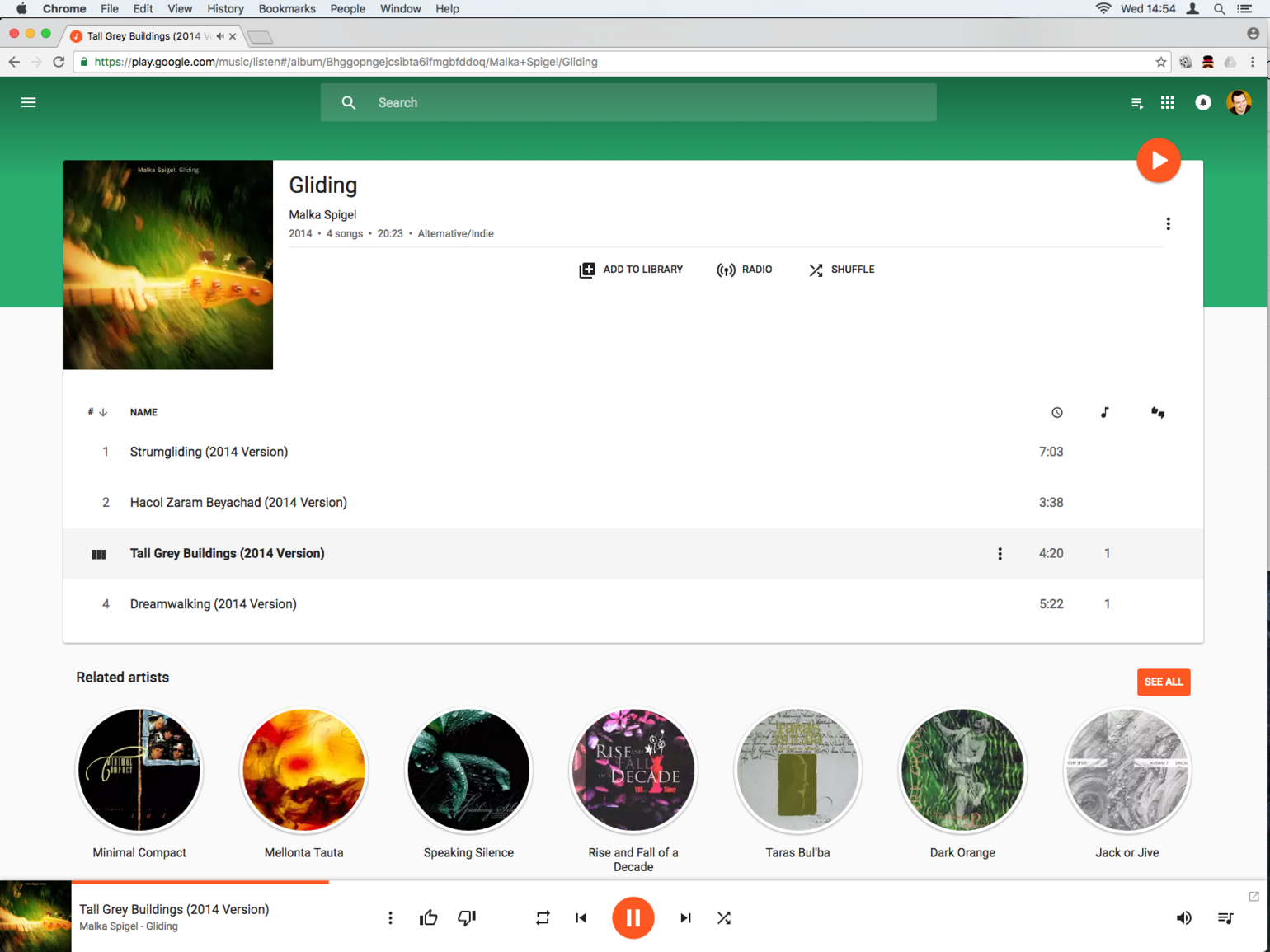
GOOGLE PLAY MUSIC
In a sense, Google Play Music feels a lot like the streaming service people might have expected from Apple. Once you lay down your cash, it essentially ‘unlocks’ the tracks on the Google Play store, giving you the means to play everything. There’s a certain amount of integration with existing collections, since you can upload 50,000 tracks to the cloud (limited to 300 MB per song), and these can then be played back through the Play Music app. The other thing that’s very noticeable about Google’s streaming service is a keen sense of minimalism. The company’s Material Design philosophy initially pays dividends when you’ve loaded an album’s track listing, or are just browsing through a selection of albums. It’s all a bit Jony Ive and in stark contrast to the oddly messy Apple Music.
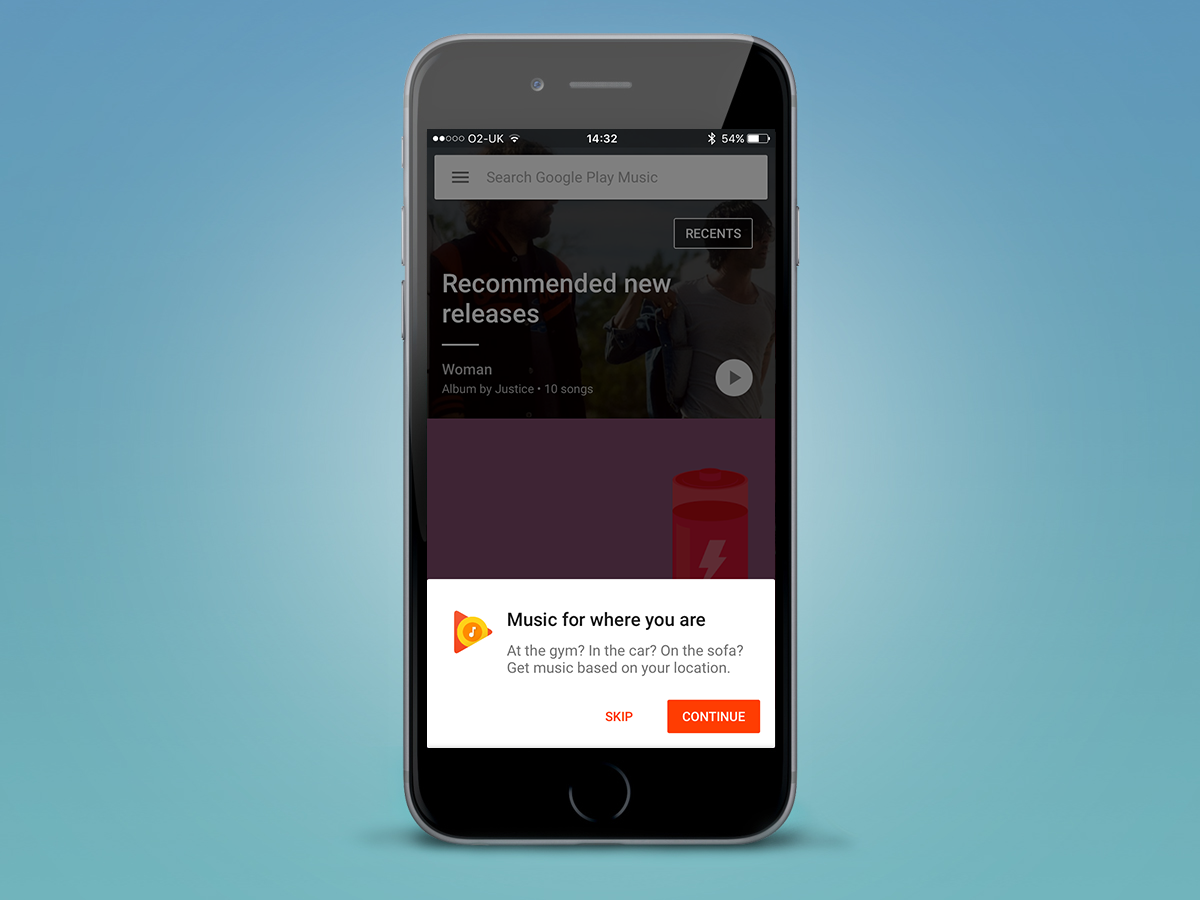
GOOGLE PLAY MUSIC: CONTINUED
Initially, Google faltered in offering little over industry basics: radio stations triggered from artists and tracks; mood-based playlists with jaunty imagery and occasionally moronic names; and a fairly run-of-the-mill discovery engine, even after using the service for a while. However, on mobile especially, a late-2016 update found Google gunning for relevance. Automatic caching for offline playback and homescreen changes have boosted usability, the latter providing fast access to recent and oft-played albums. If you’re willing to let Google track your every move, it’ll also over time give you in-context playlists that match locations such as the gym and office. The changes still aren’t enough to topple Spotify nor even the messy Apple Music. But Google Music’s now closing in on its rivals, especially if you’re keen on uploading your own files, or based in the USA where the service’s value is boosted further by being part of YouTube Red.
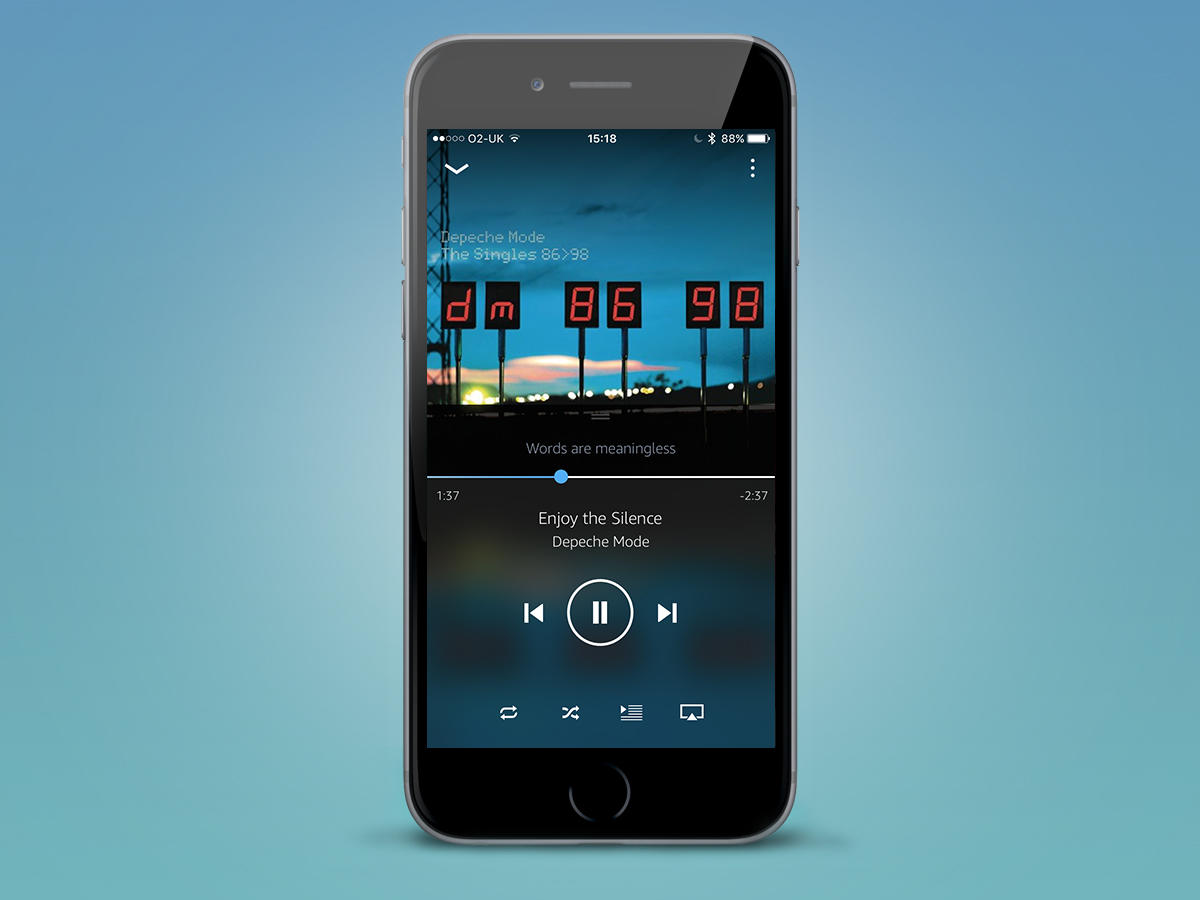
AMAZON MUSIC UNLIMITED
Amazon Prime Music was Amazon’s first crack at a streaming music service, but was – and is – really a bolt-on to Prime, offering people ‘only’ a couple of million tracks. With Amazon Music Unlimited, you get 40 million, which at the very least matches rival services. Apps for Amazon Music Unlimited are quite minimal in nature – which makes them feel a bit devoid of personality. More importantly, they’re lacking in personalisation. Although you’re served up recommendations based on what you’ve previously played and bought, discoverability is lacking compared to Spotify, Apple Music and Tidal. The system fares better when it comes to usability. The interface on desktop and mobile alike is simple to use, the service is robust and reliable, and the sound quality matches its rivals – bar the lossless and MQA tiers of Tidal. Amazon also wisely resists the temptation to shove a shop in your face – on desktop, a store is restricted to a specific tab; it’s absent entirely on mobile.
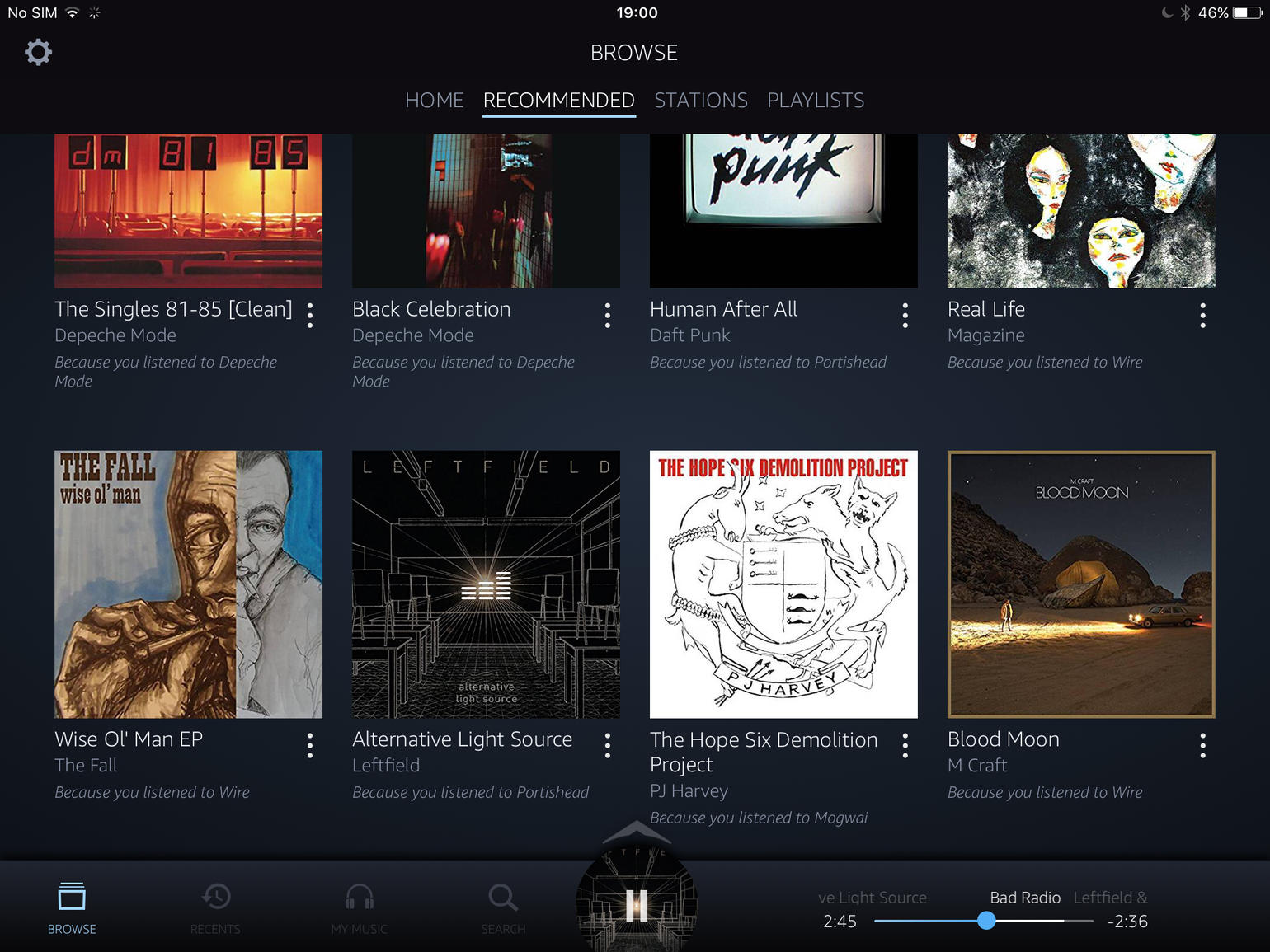
AMAZON MUSIC UNLIMITED: CONTINUED
Amazon’s trump card is its ecosystem. If you’re fully immersed – or happy to head in that direction – Amazon Music Unlimited’s differentiators become clear. This is most obvious in terms of cost – Amazon Prime customers save two quid over the seemingly ‘mandated by law’ price-point of £9.99 per month you usually get with music streaming. But with an Echo, the shortcomings in Amazon’s service regarding curation and discoverability fall away as millions of tracks become ridiculously accessible. You can ask for the most recent album by a band, or wooly requests like “chill-out ambient music”. Requests by way of lyrics sometimes flummox the system, but otherwise the interaction points more at the future than the past, due to its sheer effortlessness. So as a standalone, Amazon Music Unlimited is a perfectly decent start, if a bit ordinary. But armed with an Echo, we’d be tempted to choose it over any rival.
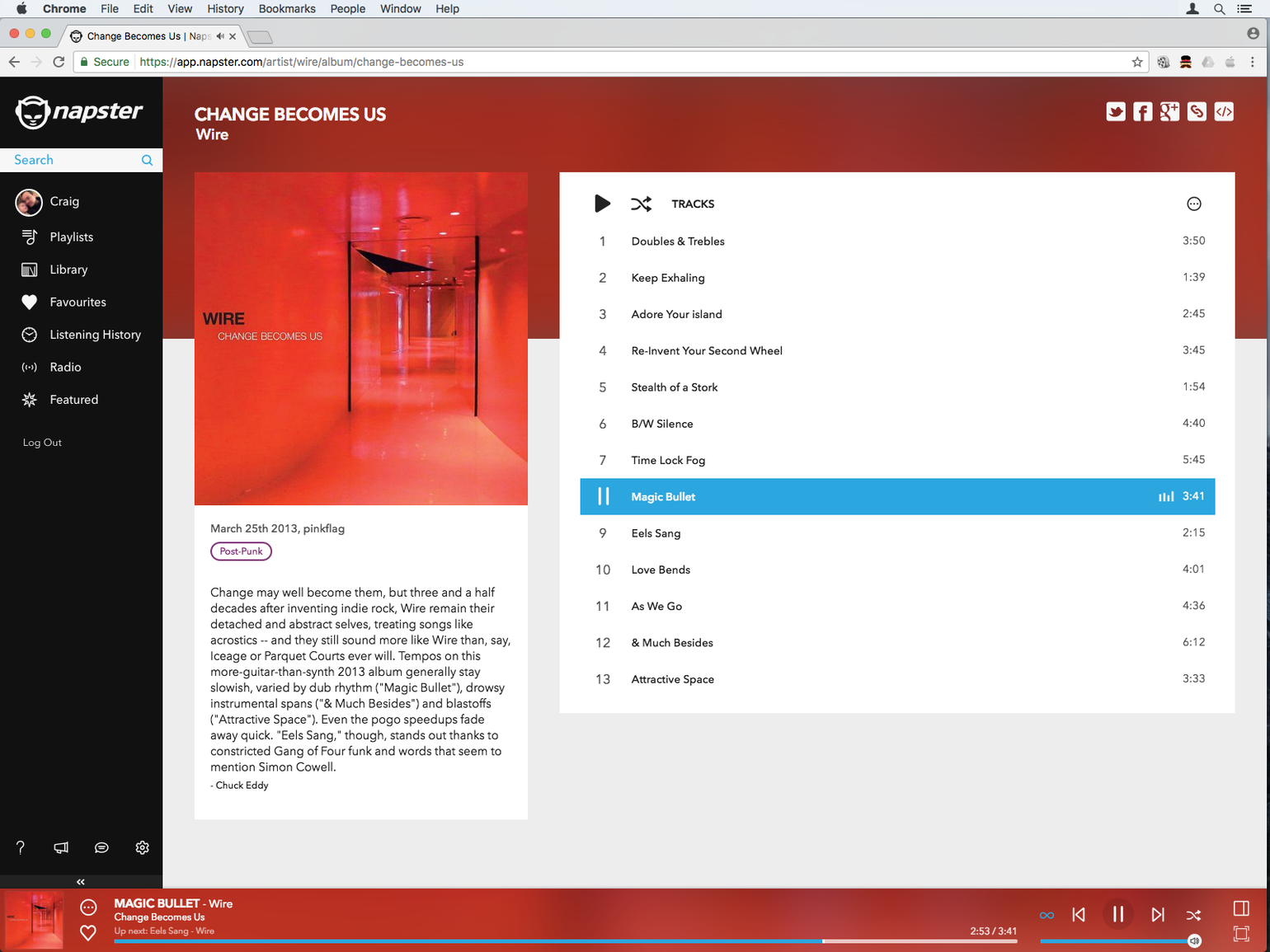
NAPSTER
Beyond a logo and providing access to an awful lot of music, modern Napster has little in common with its cutting-edge but legally dubious roots. Unlike Napster’s peer-to-peer origins, this legitimate paid-for streaming service is essentially a rebadged Rhapsody. Perhaps unsurprisingly, it’s more unadventurous and staid than rebellious – but that’s what happens when you grow up. Once again, you’re paying a tenner a month for access to enough music to choke a thousand DJs. Tracks can, as ever, be found using a search field, transformed into algorithmically generated radio stations, and downloaded to play offline (optionally automatically for favourites). Despite Naspter’s boast of 40 million tracks, we found some holes in the catalogue – for example, Wire debut Pink Flag is inexplicably absent, and Trentemøller’s Last Resort has apparently gone AWOL. But playback seems solid, and the app on all platforms neatly enables you to adjust the bit-rate for mobile and Wi-Fi usage – individually in each case for streaming and downloading. (It’s worth checking these options right away, because the initial settings are conservative.)
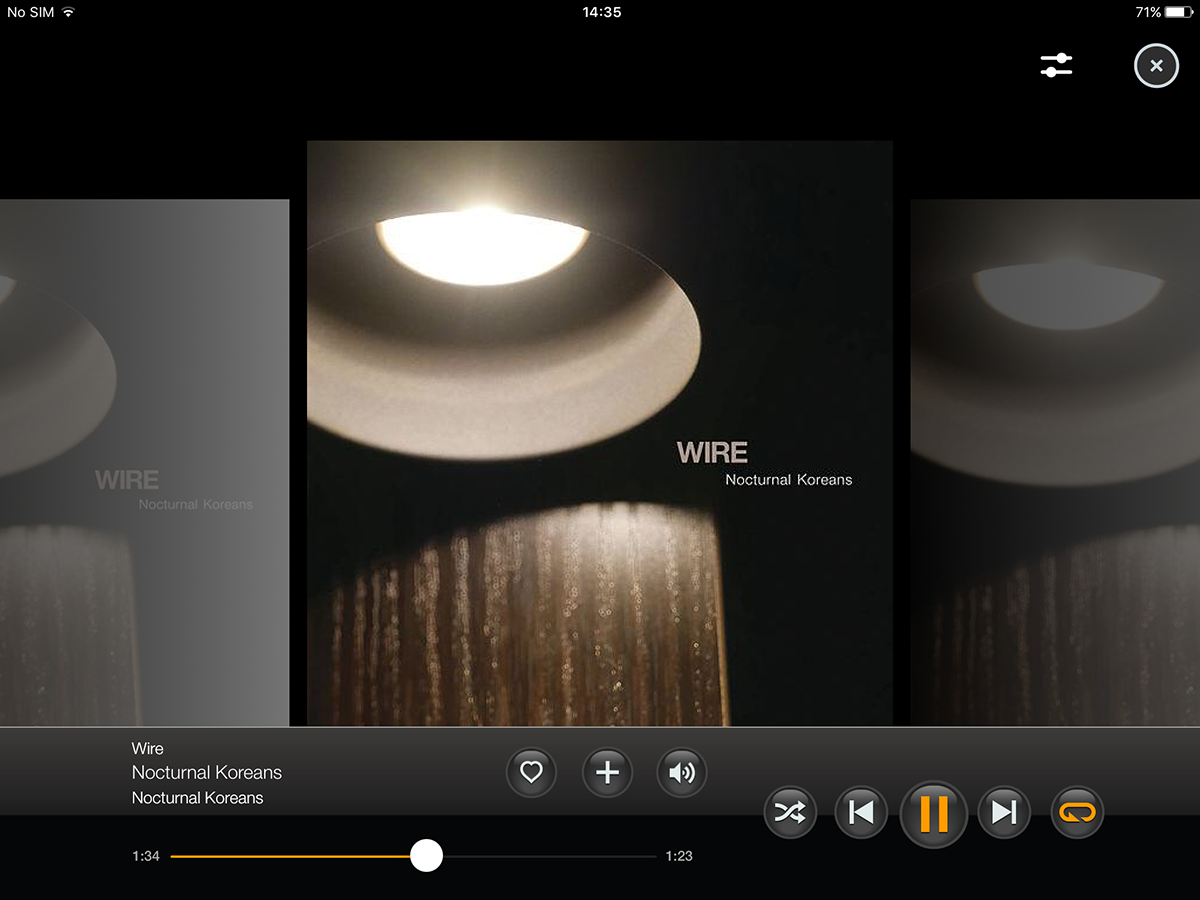
NAPSTER: CONTINUED
On the personalisation front, Napster attempts to surface new songs, based on your listening history. Results are variable, although do improve over time. Endless playback can be odd, though. The idea is to carry on playing suitable music when a playlist is done; it’s probably not intended to hurl terrifying prog rock your way after an ambient Eno album ends. EarPrint is better, optimising the sound for your ears and headphones. You can make as many EarPrints as you wish, and the system does make tracks sound better and clearer (or at least louder). Elsewhere, Napster’s also a mixed bag. Social integration is fine but reliant on Facebook friends using Napster, or you liking a playlist it throws your way and then digitally stalking its creator. And the apps feel like they all had different designers. On desktop and iPhone they’re at least smart (if dissimilar). Android’s a bit ragged, but iPad’s mishmash of styles is unpleasant to use. Perhaps the bigger problem, though, is Napster feels a bit me-too, rather than channeling the innovative and rebellious streak of its past.
